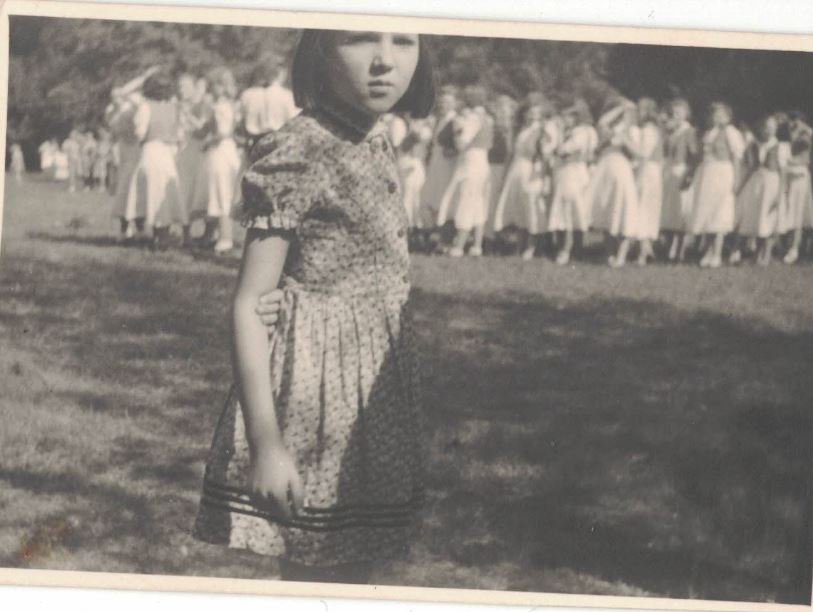Auschwitz was liberated in January 1945, but for thousands of Poles, the nightmare didn’t end.
Stalin’s NKVD turned the camp into a prison, where lice-ridden mattresses, starvation, and brutality replaced the promise of freedom.
This is the story few know. 🧵 (1/)
Stalin’s NKVD turned the camp into a prison, where lice-ridden mattresses, starvation, and brutality replaced the promise of freedom.
This is the story few know. 🧵 (1/)

Weeks after liberation, the Soviets established three camps at Auschwitz. One held German POWs, another housed civilians—mostly Poles—and the third was infamous for its cruelty, run first by the NKVD and later by Poland’s secret police. (2/)
The prisoners were a mix of Polish citizens, including Silesians, often accused of collaborating with the Nazis. Many had been denounced by neighbors eager to seize their property. For them, liberation brought new chains. (3/)
Forced labor defined life in the camp. Prisoners dismantled the IG Farben chemical plant, shipping its equipment to the USSR. Working conditions were harsh, injuries common, and the guards constantly harassed them with threats of Siberian exile. (4/)
Life in the camp was inhumane. Prisoners slept on lice-infested mattresses and ate scraps—cabbage leaves, bran, and a single slice of bread so thin it was nearly transparent. Disease, especially typhus, claimed many lives. (5/) 

A survivor, Marta Nycz, described the brutality: “We had nothing to cover ourselves with, no blankets. Water poured from the pipes above, and the mattresses were clogged with lice and bugs.” It was a relentless struggle to survive. (6/)
Guards were merciless. Nycz recalled the death of an older prisoner, Józef Dyczek, who struggled after a day of hard labor. A guard beat him to the ground, stood on his chest, and crushed him to death. “He killed him like a cockroach,” she said. (7/)
Many were sent to the camp because of groundless accusations. Survivor Józef Jancza recalled how his father was arrested after a neighbor denounced him to take over their farm. “One false accusation was enough to destroy a life,” he said. (8/)
Meanwhile, the Soviets desecrated the site of the Holocaust. They held dance parties on the roof of the crematorium, stringing up lights and benches for celebrations. The very place where mass murder had occurred became a scene of revelry. (9/)
Even Auschwitz’s iconic “Arbeit Macht Frei” sign nearly disappeared. Soviet forces prepared to ship it to the USSR, but quick-thinking Poles saved it by bribing guards with vodka—a small but poignant act of resistance. (10/)
Disease was rampant. Typhus swept through the camp, killing many. The dead were dumped in pits near the Sola River, the same place where the Nazis had discarded the ashes of gas chamber victims. History seemed to be repeating itself. (11/) 

By the time the camp closed in 1946, 25,000 people had passed through its gates. Many were released, but others were sent to Soviet camps in Siberia. Freedom remained a distant dream for thousands. (12/)
Astonishingly, some of the prisoners sent to the camp were former Auschwitz inmates, still wearing the striped uniforms they had worn under the Nazis. Liberation had brought them full circle, back to the place of their torment. (13/)
The mixture of prisoners created strange scenes. Some barracks housed former inmates recovering from the Holocaust, while next door, German POWs dismantled factories. Guards patrolled the barbed wire, maintaining the atmosphere of fear. (14/)
A female prisoner recalled being forced to clean filthy toilets with her bare hands: “At every step, they wanted to show us that we were nothing. They said if we didn’t obey, we’d be sent to Siberia.” Survival meant enduring constant humiliation. (15/) 

Auschwitz’s post-liberation story is one of betrayal and forgotten suffering. The camp became a tool of Soviet oppression, its horrors continuing under a different regime. It’s a stark reminder that tyranny doesn’t vanish with war. (16/)
The story of Auschwitz after 1945 is rarely told, but it’s a vital chapter in the history of the camp and WWII. The suffering didn’t end – it only changed hands. (17/)
Fore more stories and news from Poland, follow me:
x.com/StuartDowell_
x.com/StuartDowell_
• • •
Missing some Tweet in this thread? You can try to
force a refresh

















